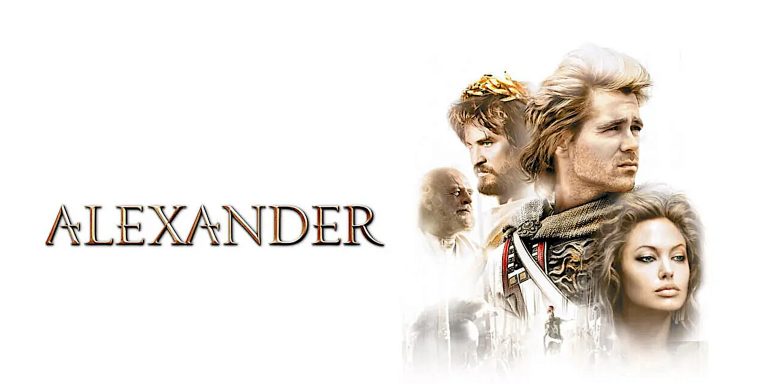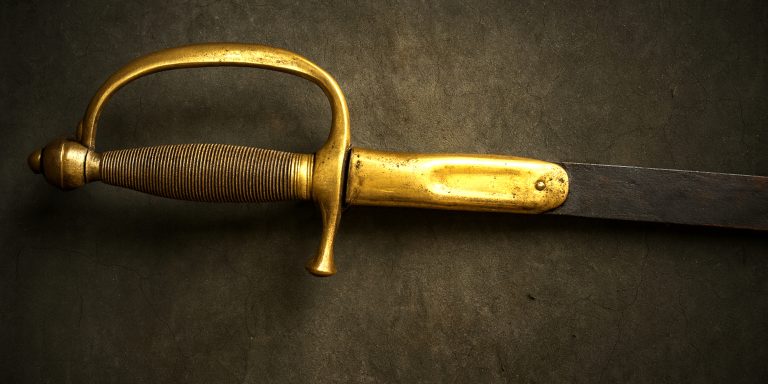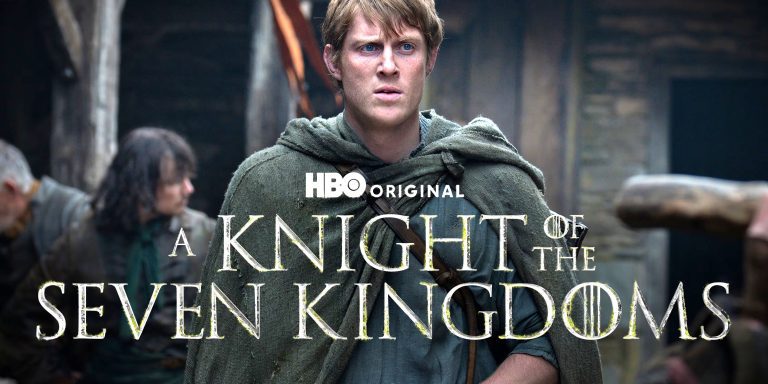
How George R. R. Martin drew from medieval history to build the Targaryen civil war
House of the Dragon, HBO’s prequel to Game of Thrones, paints a violent and volatile portrait of Targaryen rule. At its heart lies the Dance of the Dragons, a bloody civil war that fractures the ruling family and tears the realm apart. While the series is set in a fictional world, the story is deeply rooted in real medieval events, dynasties, and personalities. George R. R. Martin has made no secret of his inspirations, borrowing freely from European history and layering his fantasy with authentic political dynamics and courtly intrigue.
The Dance of the Dragons and The Anarchy
The core narrative of House of the Dragon mirrors a real succession crisis in 12th-century England known as The Anarchy (1135–1153). When King Henry I’s only legitimate son drowned, he named his daughter Matilda as heir. Upon his death, however, his nephew Stephen of Blois seized the throne, leading to nearly two decades of civil war between Stephen’s forces and Matilda’s supporters.
The resemblance to the struggle between Rhaenyra Targaryen and Aegon II is unmistakable:
- Rhaenyra Targaryen parallels Empress Matilda, a woman designated as heir who is denied the crown by powerful nobles who refuse to accept a female ruler.
- Aegon II echoes King Stephen, the male rival who garners immediate support due to his gender, despite weaker legal standing.
- The brutal back-and-forth warfare, regional factions, and devastation across the realm in House of the Dragon closely reflect the real chaos of England during The Anarchy.
Targaryen Family Politics and the Plantagenets
The Targaryens, with their incestuous marriages, volatile tempers, and dynastic squabbles, resemble the Plantagenet dynasty. Kings like Henry II, Richard the Lionheart, and King John were notorious for family betrayal, civil war, and struggles over succession.
The relationship between Viserys I, Daemon, and Rhaenyra recalls the fractious nature of the Plantagenet court, particularly the conflict between Henry II and his sons. Daemon’s combination of martial prowess and self-interest evokes Richard I or even the rebellious Henry the Young King, while the passive indecision of Viserys reflects the vulnerability of monarchs trying to keep rival factions in check.
Dragons as Weapons of Mass Destruction
While no historical army wielded actual dragons, the presence of these beasts in House of the Dragon represents overwhelming military power, similar to the early use of gunpowder artillery or armoured cavalry. The idea of possessing a decisive battlefield advantage mirrors the arms races between medieval kingdoms. The dragon monopoly of the Targaryens also reflects the importance of controlling resources like castles, fortresses, or fleets in maintaining dominance.
Rhaenyra, Alicent, and the Role of Women
Alicent Hightower’s rise to power and influence reflects the role of queens and queen mothers in medieval courts, such as Eleanor of Aquitaine or Isabella of France. These women wielded real power behind the throne, often navigating patriarchal systems with strategy, alliances, and political acumen.
Similarly, Rhaenyra’s position as a ruling princess challenges the expectations of a male-dominated society. Her struggle for legitimacy is grounded in the same resistance medieval women faced, even when designated heirs or regents. The show highlights how courtly gossip, slander, and questions of morality were weaponised against female leaders throughout history.
The Hightowers and Historical Parallels to the Church
House Hightower, with its base in Oldtown and ties to the Faith of the Seven, draws loose comparison to the medieval Church. The alliance between religious authority and political factions echoes how bishops and popes played key roles in legitimising or undermining rulers. The Hightowers’ influence over King Viserys and their alignment with the Greens recall how religious figures shaped succession disputes, often under the guise of spiritual duty while pursuing political aims.
The Role of the Small Council and Medieval Governance
The backroom discussions of the Small Council reflect the workings of real royal courts, where decisions were made through consensus, coercion, and manipulation. Figures like Otto Hightower function as both advisors and powerbrokers, akin to medieval chancellors and stewards who often held more practical authority than the monarchs they served.
The political environment depicted in House of the Dragon owes much to the Wars of the Roses as well, another dynastic conflict that destabilised England. Rival claims to the throne, shifting allegiances, and backroom deals characterised both that war and the Dance of the Dragons.
The Seven Swords takeaway
House of the Dragon may take place in a fantasy world, but its foundations are firmly historical. George R. R. Martin distilled centuries of royal intrigue, succession crises, and personal vendettas into a saga that feels grounded, brutal, and plausible. The power struggles of the Targaryens may feature dragons and magic, but the ambitions, betrayals, and bloodshed are all too human, and all too familiar to anyone who has studied the messy, violent realities of medieval history.



